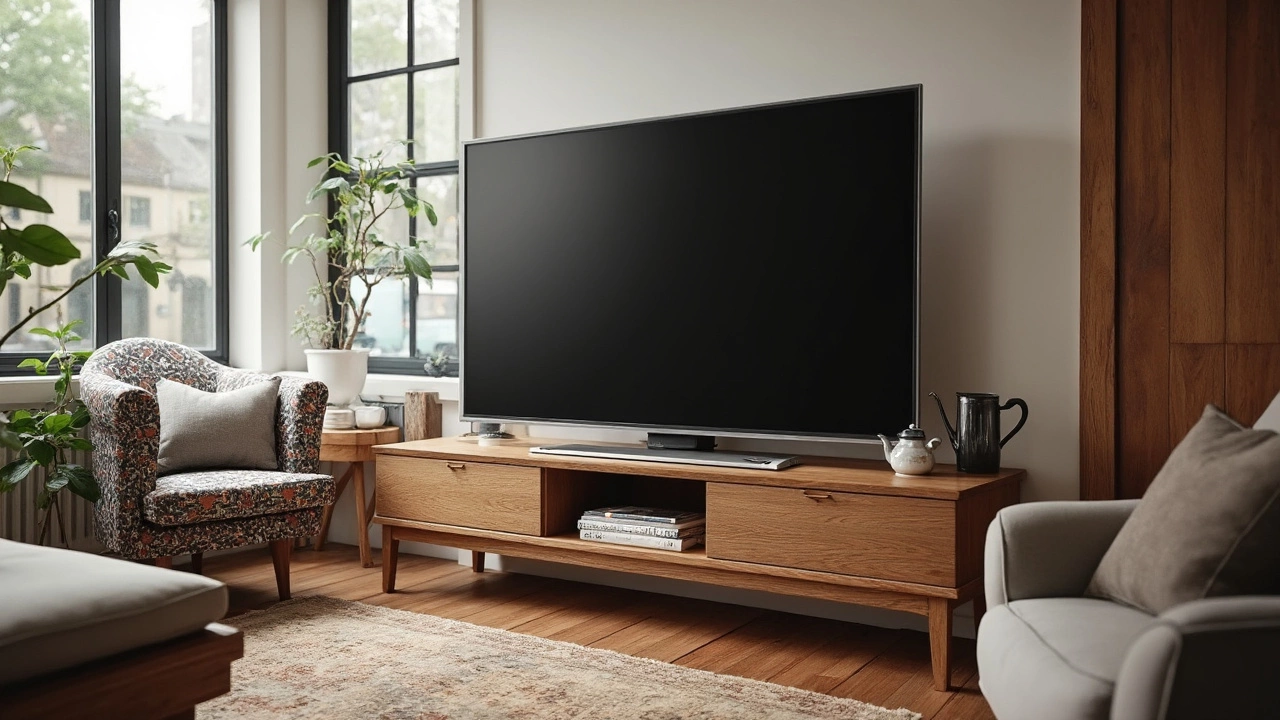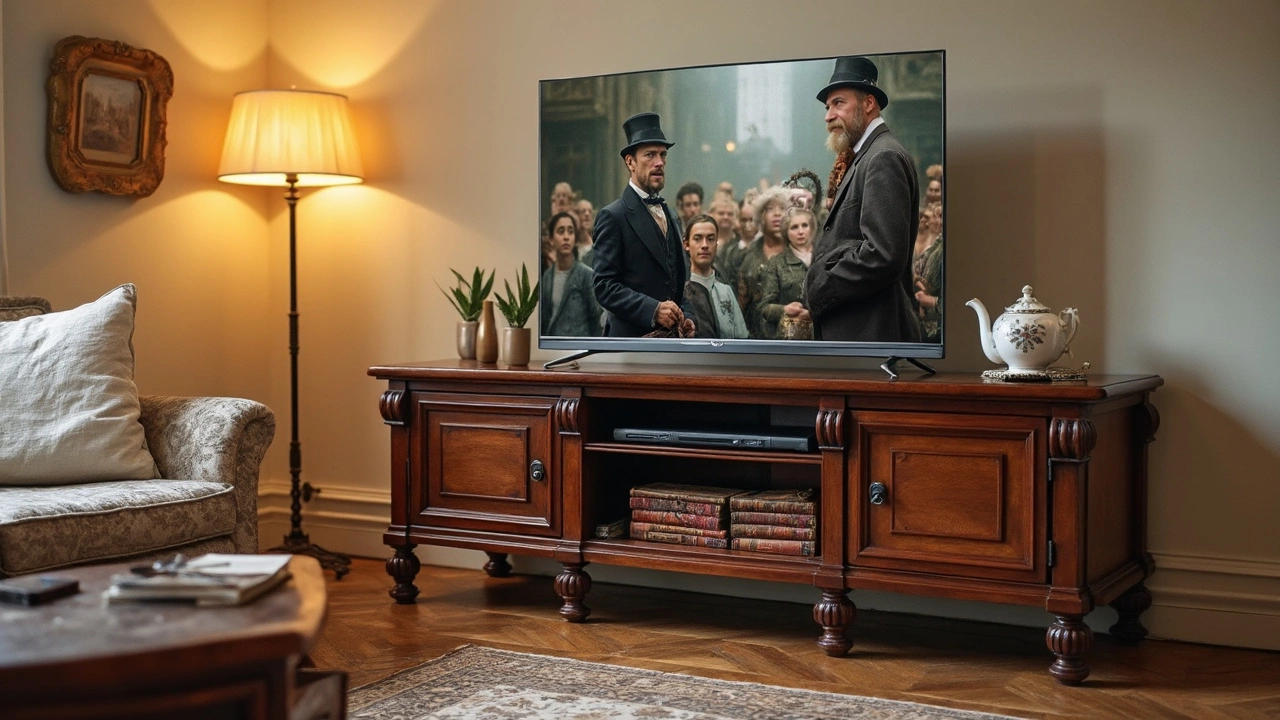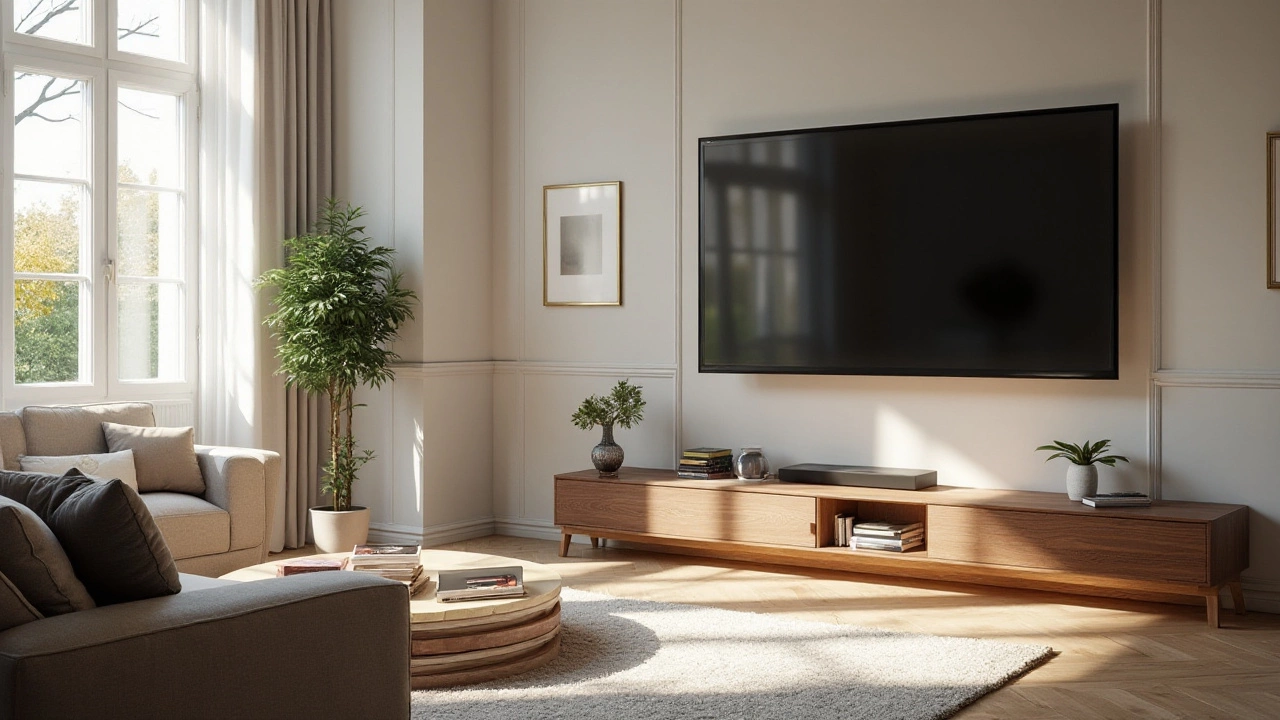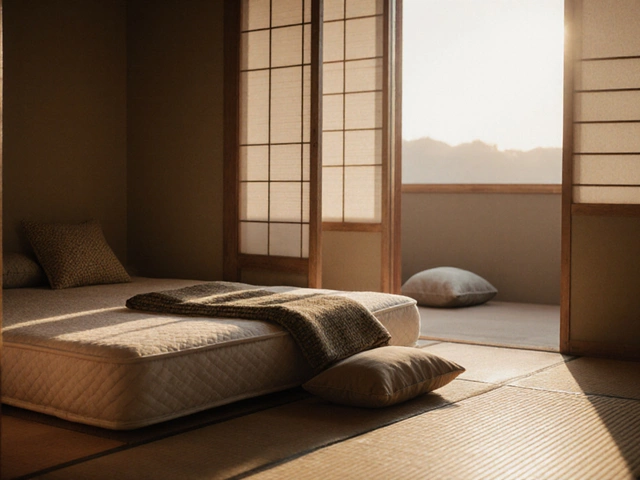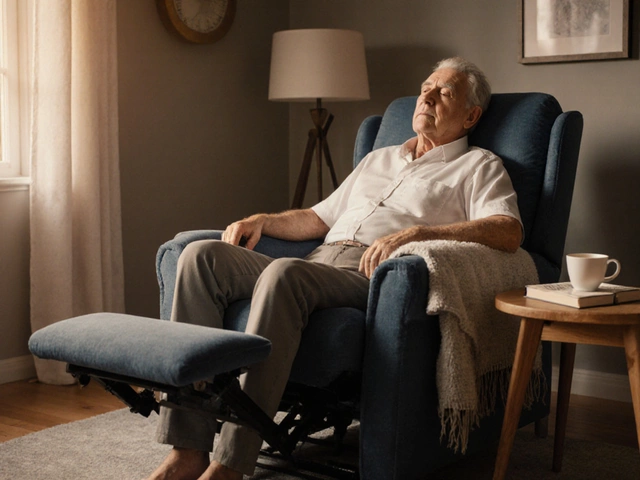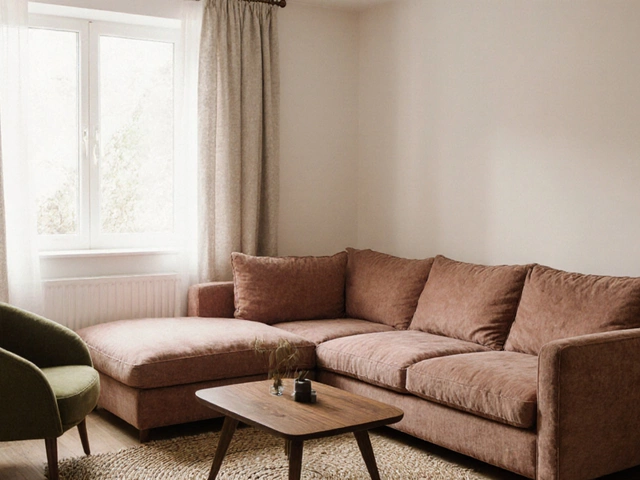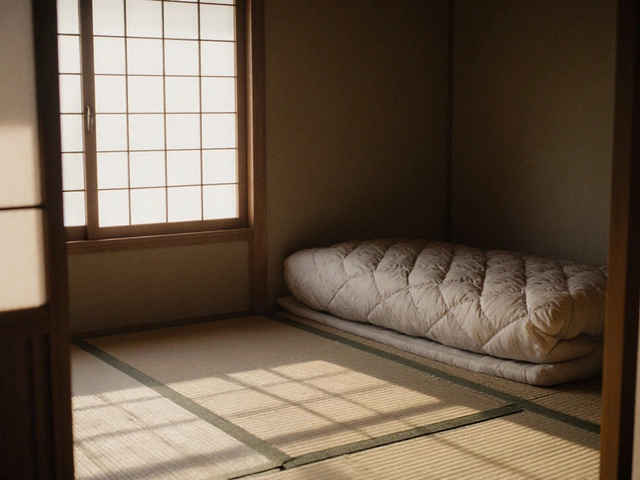Home Entertainment Tips for a Better Living Space
Want your living room to feel like a personal cinema without breaking the bank? You’re in the right spot. Below you’ll find quick, down‑to‑earth advice on picking the right TV stand, choosing sofas that work with your screen, and other furniture tricks that make binge‑watching a breeze.
Choosing the Right TV Stand
First things first – the TV stand. It’s more than a shelf; it sets the viewing height, hides cables, and can tie the whole room together. A good rule of thumb is to keep the stand about 10–15 cm lower than the center of your screen. That means a 55‑inch TV usually looks best on a stand that’s 60–70 cm tall, while a 65‑inch set might need a stand around 70–80 cm.
Don’t forget the width. Your stand should be at least a few inches wider than the TV to keep it stable and give you room for speakers or a soundbar. If the stand is too short, the TV will feel like it’s floating; too tall and you’ll end up with a neck strain after a few episodes.
Material matters, too. Wood gives a warm, classic feel, while metal feels modern and can hold heavier gear. Look for a stand with built‑in cable management – a few holes or a hidden channel can save you from a tangled mess that looks messy and can be a safety hazard.
Furniture Choices that Boost Your Viewing Experience
Now that the TV has a solid home, think about where you’ll sit. Corner sofas are popular because they hug the room and free up space, but they can be tricky if your TV is mounted low on the wall. Test the angle by sitting where you’d normally watch – if you’re craning your neck, rethink the layout.
If you love a flexible setup, a modular sofa lets you move pieces around as your space changes. Pair it with a low coffee table or a sturdy side table that’s easy to reach for remote controls and snacks. Avoid tall coffee tables; they force you to stretch and can turn a relaxed night into a strained one.
Lighting plays a silent role in home entertainment. Soft, indirect light behind the TV (often called bias lighting) cuts glare and reduces eye strain. You can achieve this with a simple LED strip that plugs into the nearest outlet – no fancy wiring needed.
Lastly, think about storage. A TV stand with drawers or shelves keeps games, consoles, and DVDs out of sight but close enough to grab. If floor space is limited, wall‑mounted floating shelves give you display room without taking up floor area.
Putting these pieces together doesn’t have to be a huge project. Start with the TV stand, check the height, add a comfortable sofa, and finish with some smart lighting. Before you know it, you’ll have a home entertainment hub that looks great and feels comfortable – perfect for any East Yorkshire home.
Should Your TV Be Bigger Than Your TV Stand? Real Talk About Size and Setup
Trying to figure out if your TV should be wider than your TV stand? This article breaks down what actually works best—both for safety and style—and why the right size matters more than you think. You'll get practical tips on matching your screen to your furniture, clever ideas for awkward setups, and real-life mistakes to avoid. Whether your space is big or tight, you'll learn how to pull off a layout that won't leave you worrying about wobbles or weird looks. No fluff, just the facts and hacks you actually need.
How Wide Should a TV Stand Be for a 65-Inch TV?
Choosing the right TV stand for a 65-inch TV involves more than just matching the screen size. With so many styles and materials available, it’s essential to consider the stand’s width, height, and overall design to ensure stability and aesthetics. A good rule of thumb is to choose a stand that's a few inches wider than the TV for balance and a harmonious look in your living space. This guide helps you pick the perfect stand to complement your lounge and elevate your viewing experience.
Wall-Mounted vs. Stand: Best TV Setup for Your Space
Deciding whether a TV is better on a wall or a stand involves several considerations, from room layout and aesthetics to safety and equipment needs. Wall mounts can save space and offer modern appeal, while stands provide flexibility and easier access. This article explores the advantages and downsides of each option, offers helpful tips for installation, and helps you determine which setup will maximize your viewing experience and complement your home decor.
